Hand-Sewing Stitches from
The Sewing Book
by
Anne L. Jessup
1913
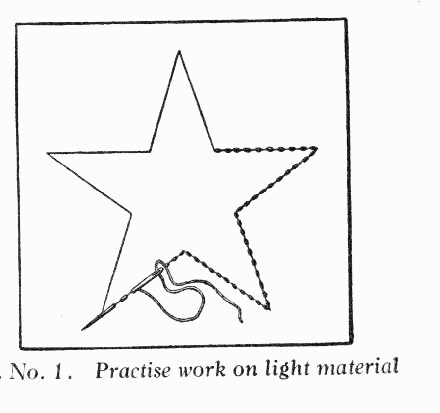

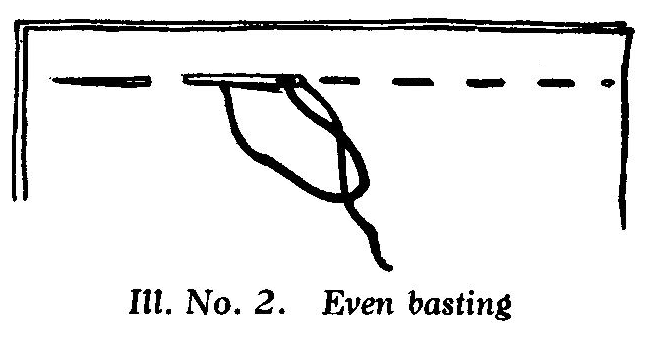
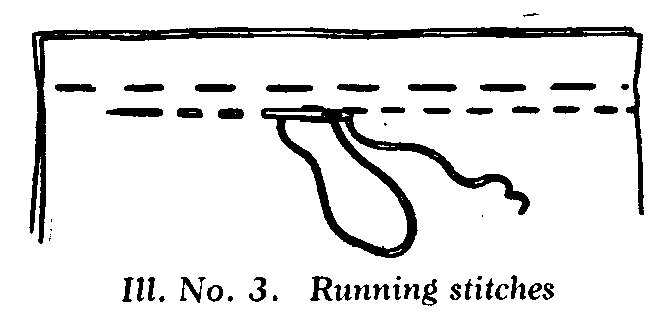
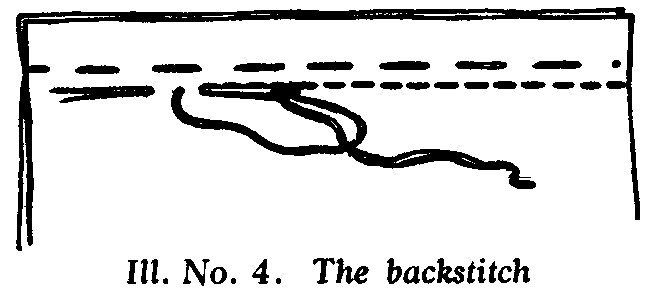
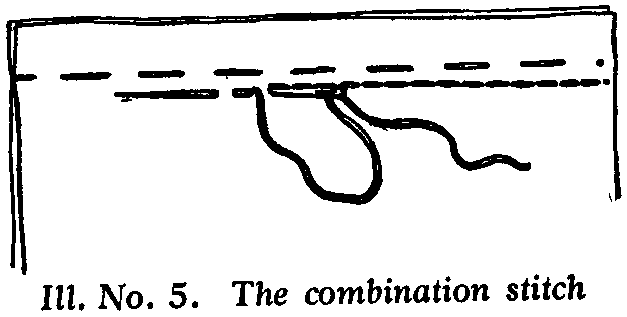
When I finally got a bmp file of sufficient resolution to think of correcting that mistake, I was forced to think about what the needle was doing and realized that this isn't running back stitch at all. It's a combination of running stitch and bar tacks!
Note that the needle comes up exactly where it came up before, making a stitch half as long as would be needed for closed backstitch, goes over one stitch length, then dips and comes up in position to make another bar tack. This does, indeed, look exactly like closed back stitch as the artist drew it. On the back, it would look like a row of two-stitch bar tacks separated by gaps just as long as the bar tacks.
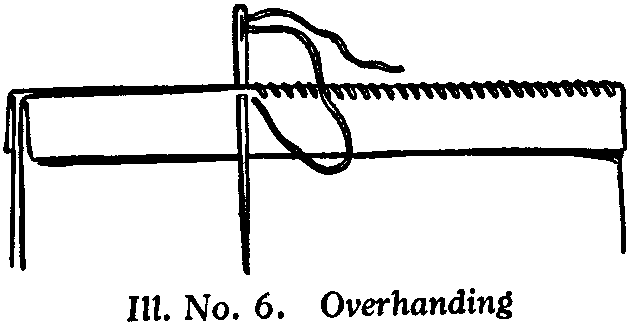
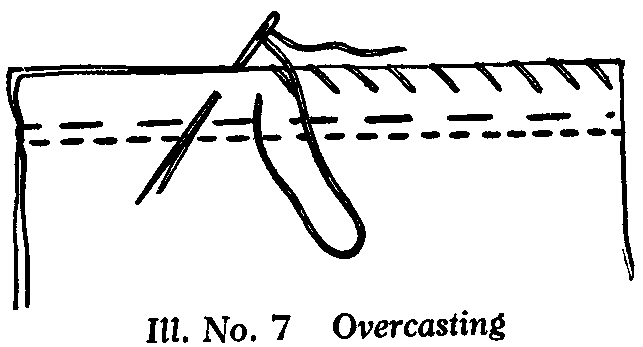
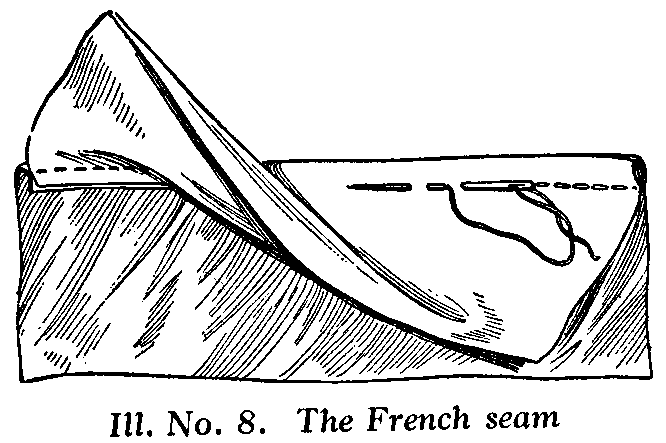
Back to Rough Sewing
Back to the writing page
Back to the links page
Back to the cover page